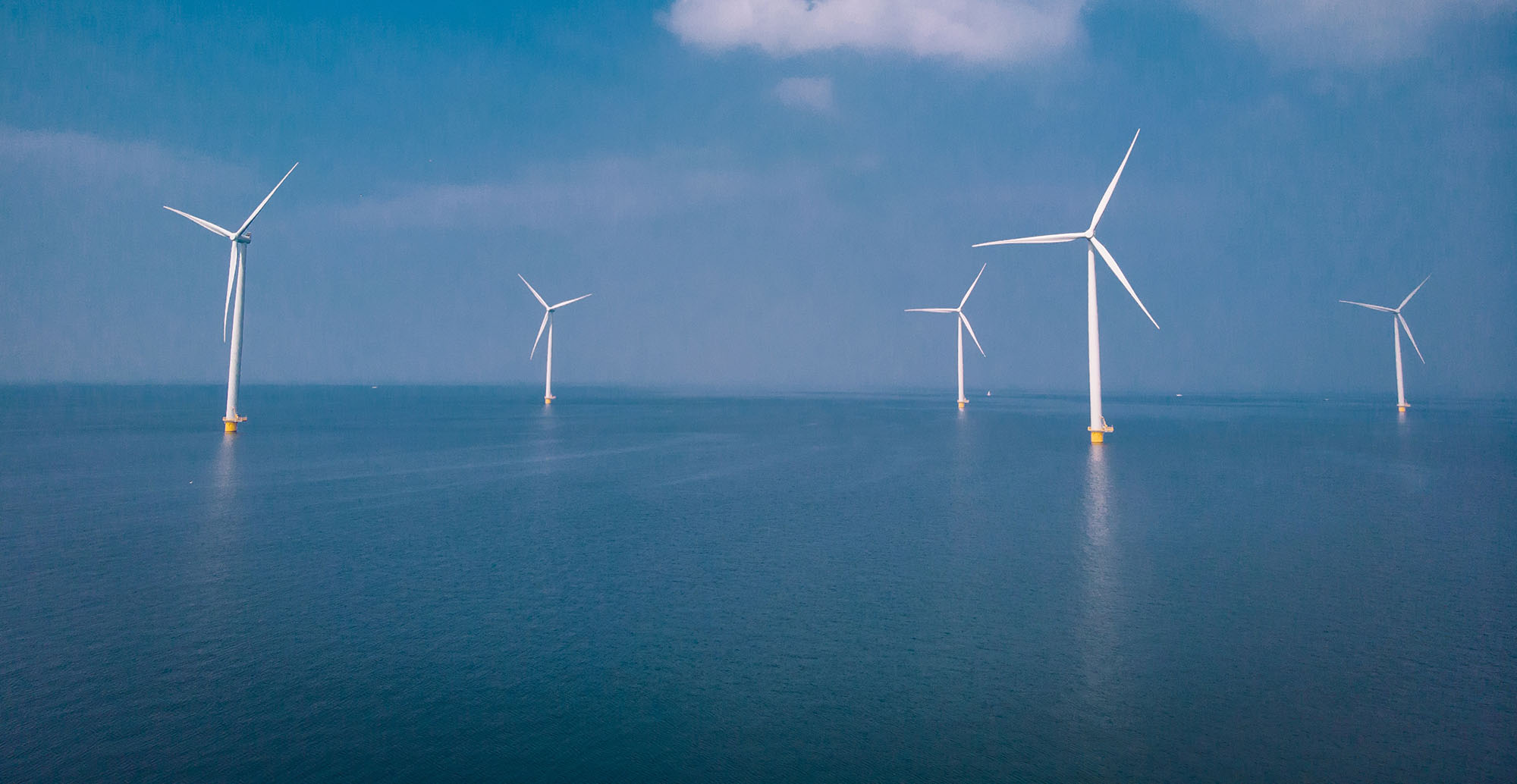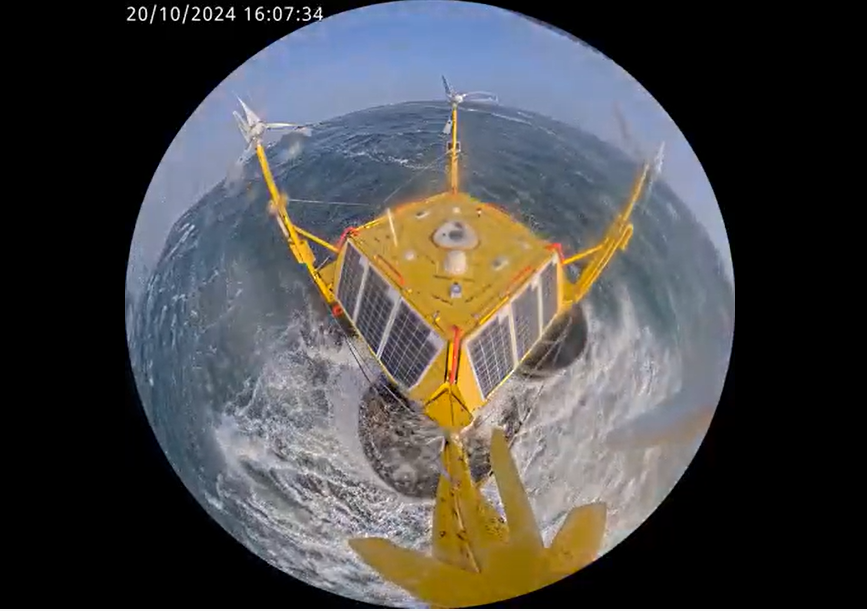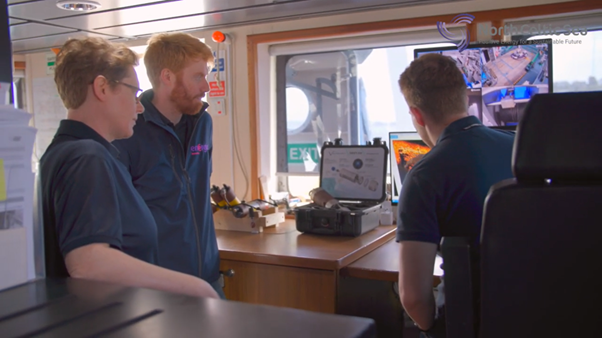

Joint venture Energia-Vårgrønn welcomes the recent formal signing and adoption of the South Coast DMAP by the Oireachtas and the Minister for Environment, officially designating four sites off the coast of Waterford for future offshore wind development. The partnership will continue to analyse survey data collected in the marine area in preparation for the upcoming ORESS 2.1 grid auction expected to take place in spring 2025. The auction will see one developer awarded the contract to develop 900 MW of offshore wind at Site A, Tonn Nua, which covers a marine area of 312.6km² off the Waterford coast.
Speaking on the publication of the final DMAP Peter Baillie, Managing Director at Energia Renewables says, “The passing of the South Coast DMAP by the Oireachtas and Minister is a crucial step in developing offshore wind in Ireland and meeting our national climate action targets. This official designation will bring greater certainty and renewed momentum for offshore wind development in the south east region which could see transformational benefits including supply chain development and job creation.
“We are pleased that Site A, Tonn Nua, which is earmarked for development first, largely overlaps with our North Celtic Sea site. It is a site we know intimately well, having undertaken more than three years of seabird and mammal surveys in this area, as well as a comprehensive suite of seabed surveys.”
Also speaking on the signing of the South Coast DMAP, CEO of Vårgrønn, Stephen Bull says, “Our partnership has collected an unrivalled set of environmental data in this area, enabling an accelerated delivery of offshore wind in the South East. With the security of a south coast DMAP, we are now continuing to advance our preparatory work for delivery of offshore wind in the lead up to the proposed ORESS 2.1 auction in spring 2025.”
Part of that preparatory work includes processing huge amounts of data from previous survey work. Crucially, new information is continuously coming in from the joint venture’s FLiDAR buoy launched off Dunmore East Harbour, Waterford in April this year. Combined with the venture’s own Wave Rider Buoy, an abundance of new data is further deepening the partnership’s already intimate knowledge of this marine space off the Waterford coast. FLiDAR is an exciting piece of technology in the offshore space, using laser scanning technology to measure wind conditions and further instrumentation to assess wave and currents within the north Celtic Sea area. This provides crucial information to progress Energia-Vårgrønn’s engineering understanding of the project and determine the best locations for wind turbines. The FLiDAR even has its own mini wind turbines and solar panels, generating electricity to enable the machine to function and send data back to the team. With already six months’ worth of data the FLiDAR is painting a picture of the north Celtic Sea as a wild and dynamic place with significant wind generating potential. Fascinatingly, during Storm Ashley, FLiDAR recorded maximum wave heights of over 10 metres, huge for an area outside of the Atlantic and compared to the largest natural born wave ever recorded, 19m in the north Atlantic Sea in 2019.

FLiDAR uses a built-in camera to generate periodic videos of its equipment and the immediate environment which are regularly sent to Energia-Vårgrønn’s development team. Its fish-eye lens provides imagery of the yellow bobbing FLiDAR in solitude off the coast of Waterford, braving an ever-shifting Celtic Sea. It is on a path of discovery that will provide large amounts of data for the team for a further six months providing the offshore team with an even more vivid picture of the dynamic sea.